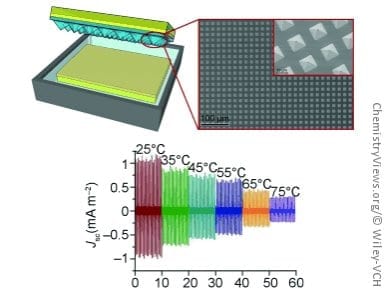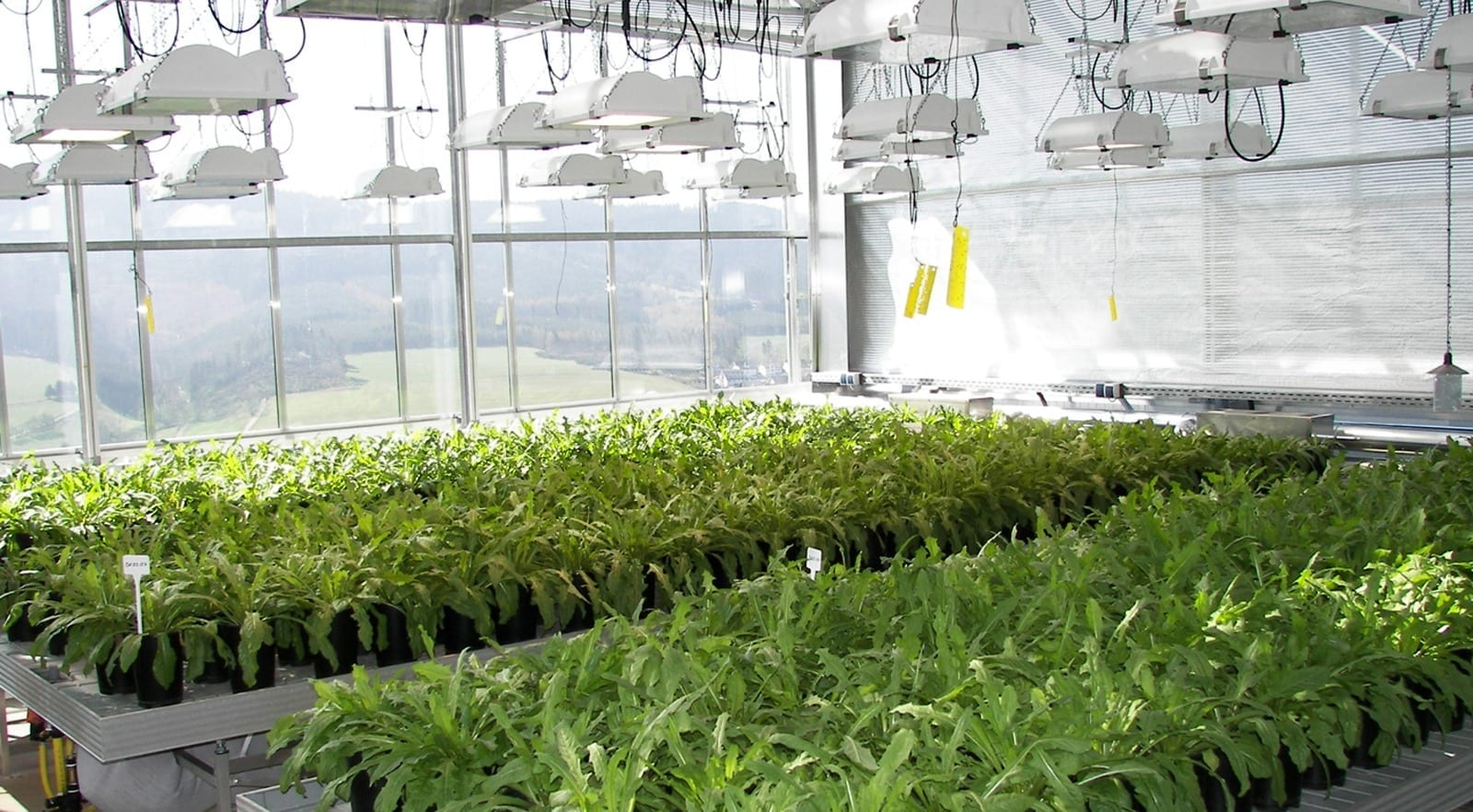
Viable solar energy has been a long-sought-after goal, but with new and affordable technologies, we might soon be able to make the switch
We have come a long way in taming the sun’s chaotic energy since 19th century efforts to create a solar motor. Today we can efficiently heat water and buildings and even generate substantial transmittable power all from this abundant light source.
Our ability to make use of this power source has coalesced into two distinct flavors. First, we have finite, localized systems: the solar hot water heaters, passive solar heating and the like, where solar energy must be used or stored at the production site, or else it is lost. Second, we have developed more universal technologies, which generate electricity. These systems include photovoltaics—the direct conversion of sunlight into electricity via semiconductors—and concentrated solar power—the production of electricity via high-temperature steam turbines or thermodynamic engines. All solar technologies have been growing steadily over the past couple of decades, but the progress has been truly remarkable with photovoltaics: more than 1,000-fold since the late 1980s and continuing at a robust pace.
Solar is the most abundant energy resource on planet Earth. Even after accounting for weather variation, the average solar power received by the continents alone peaks at 23 million gigawatts. For comparison, a standard size nuclear power plant is one gigawatt. It dwarfs all the other renewable energy resources combined—including wind, hydropower and geothermal—and one year’s worth of solar would far exceed the reserves of finite energy resources (nuclear and fossil) even when counting unconventional shale and deep-sea oil and methane.
Unfortunately, unlike countries such as even the relatively cloudy Germany, solar as an energy source still goes largely unnoticed in the U.S., where the resource is still viewed as marginal by many in decision-making positions. In particular, there is a widely held perception that:
- The solar resource requires too much space to exploit.
- Solar energy is too expensive.
- Intermittency caused by weather, day-night cycles and seasons is a showstopper.
Compared with many other energy sources, solar can require relatively little space to create power.
Go deeper with Bing News on:
Viable solar energy
- How Europe’s energy crisis is feeding the election campaign
The transition from fossil fuels to renewable energy was already a central pillar of the European Green Deal before a belligerent Moscow triggered an energy crisis; now the question of how best to ...
- LNG Is Harm Reduction For Energy
The absence of this logic in the energy policy is questionable, especially when many of the same advocates of progressive harm reduction in education, drugs, crime, and social policy are unwilling to ...
- Engineers resurrect dead oil and gas wells in profitable move toward geothermal energy: 'It is a win-win situation'
"Our findings show that the Illinois Basin can be an effective means to store excess heat energy." Engineers resurrect dead oil and gas wells in profitable move toward geothermal energy: 'It is a ...
- GoSolr reveals SA solar index
Despite only an estimated 0,69% of South African homes being equipped with rooftop solar installations, their impact reduced the potential electricity supply gap by 44% in 2023. This finding was ...
- Fueling the future: Researchers evaluate emissions in the aviation industry
A research group led Prof. Fei Wei and Chenxi Zhang in Tsinghua University has published a perspective paper that evaluates the progression from deep-rooted fossil-fuel-dependent technologies to ...
Go deeper with Google Headlines on:
Viable solar energy
[google_news title=”” keyword=”Viable solar energy” num_posts=”5″ blurb_length=”0″ show_thumb=”left”]
Go deeper with Bing News on:
Solar technologies
- Solar Business Tests New Marine Technology in the Caribbean
A firm behind revolutionary solar technology for the shipping industry has unveiled a cutting-edge new model for a giant of the marine sector. Anglesey ...
- NHPC Ropes in Norway's Ocean Sun for Floating Solar Technology
NHPC Ropes in Norway's Ocean Sun for Floating Solar Technology - Public sector hydropower giant NHPC Ltd has signed a Memorandum of Understanding with Ocean Sun, ...
- The Imperative Of Sustainable Technologies For Businesses In The Digital Age: A Comprehensive Exploration
In the rapidly evolving world of technological advancements, artificial intelligence (AI), blockchain and renewable energy are leading the charge in the next wave of innovation. These areas present a ...
- Productive solar technologies draw investors as global off-grid solar sector funding slumps
Productive Use of Renewable Energy (PURE) technologies, especially those in the solar irrigation and cold chain segment, saw increased investor interest last year, despite a 43% funding slump recorded ...
- Understanding the Impact of Solar Storms on Mars Colonization Efforts
This phase is characterized by massive explosions on the sun’s surface, such as solar flares and coronal mass ejections. Solar storms, which consist of multiple solar events, propel radiation into ...
Go deeper with Google Headlines on:
Solar technologies
[google_news title=”” keyword=”solar technologies” num_posts=”5″ blurb_length=”0″ show_thumb=”left”]










